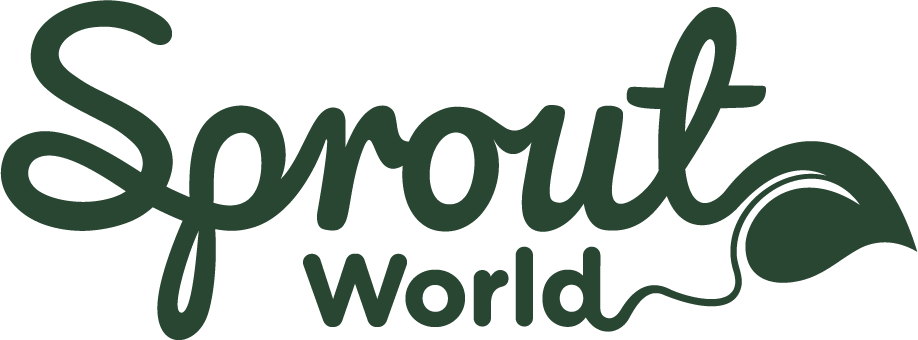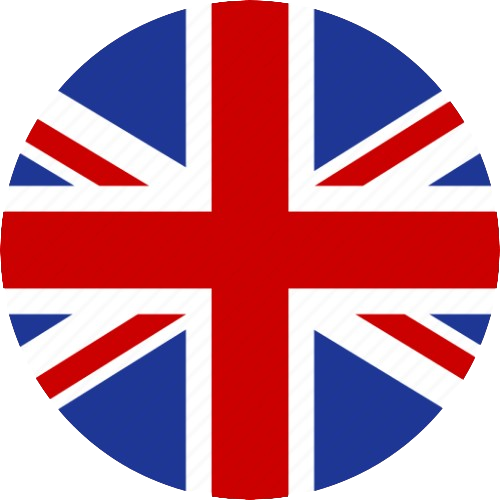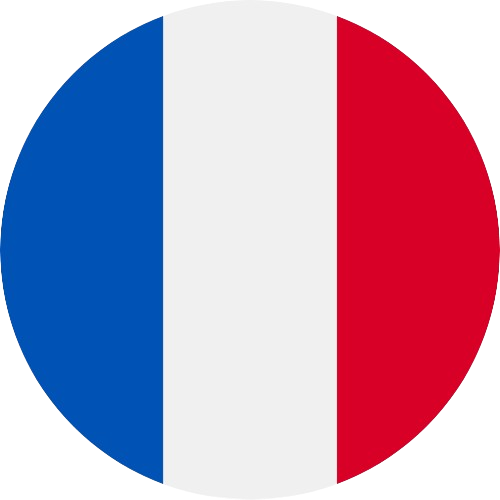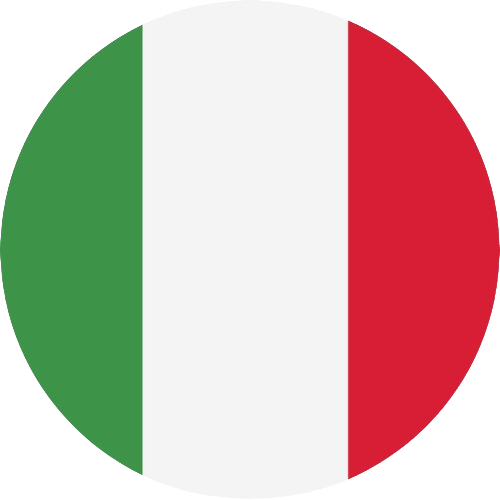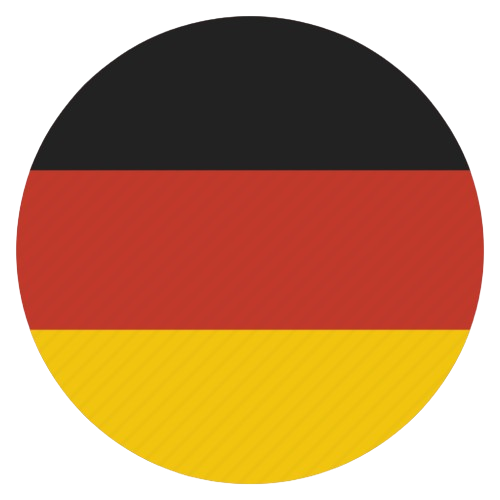No products in the cart.

Let's celebrate international pencil day, March 30, 2021
Today we celebrate one of the world’s most influential communication tools. It’s not the telephone, the fax machine or the computer – it’s a much older invention: the pencil. 450 years ago, it revolutionized the world, making it possible for everyone to write down their ideas and thoughts. Today the pencil is still a tool to bring unborn ideas to life, but it’s much more than that. It’s becoming a popular symbol of new life. With the newest invention from Sprout World, the good old pencil can now grow into a new tree when you’re done with it.
Every child around the world learns to write their name with it. Architects, carpenters, cartoonists and students use it on a daily basis. In fact, everyone who needs to make a mark that’s not permanent use a pencil.
Today we celebrate the invention of the pencil and look back at how it has developed over the years.
International Pencil Day is the 30th of March each year. On this day, 163 years ago in 1858, the American Hymen L. Lipman received the patent for a pencil with an eraser attached to the end.
But the story is much older. Let’s get back to the beginning; the birth of the pencil.
In the 1500's:
A large source of graphite was discovered in England. The English workers soon discovered that the graphite made a darker mark on paper than lead, so they called it black lead. A term that is still leading to the misunderstanding that pencils contain lead. The English wrapped graphite sticks in paper of string and sold them on the street. This new invention was called the pencil – from the Latin word pencillum which means fine brush. The best thing: it was erasable with bread crumbs
In the 1600's:
A woodworker in England came up with the idea of enclosing graphite in wood. The two halves of wood were glued together with the graphite inside. The first wooden pencil was born. It was a big invention; it was dry, you could bring it anywhere, it was affordable and erasable.
In the late 1700's:
The English mines were running out of graphite and a war against France put an end to the pencil supply to France. France had to find a solution so the scientist and military commander Nicolas-Jacques Conté came up with the idea to mix the two main ingredients: ground-up graphite and clay. It’s the same mix that is used in today’s pencils. To encase the lead in wood, Conté cut a groove out of an entire wooden stick, rather than first cutting a stick in half like the English did. The pencil lead was glued into the groove, and another piece of wood was glued on top of the lead
Conté’s pencil was patented in 1795.
In the mid-late 1800's:
Conte’s mixing method spread and coincided with the invention of machinery. Factories began to mass produce pencils and pencil-making became a million-dollar industry.
The German A.W. Faber company, today known as Faber-Castell, became very popular and their long-time rival, The J.S. Staedtler company, made about two million pencils per year in the 1870s. In America, the Joseph Dixon Crucible Company was on its way to becoming one of the country’s most iconic brands.
In 1858:
The American stationer Hymen L. Lipman received the patent for a pencil with an eraser attached to the end. The patent was declared invalid in 1875 with the argument that a pencil and an eraser didn’t need to be attached in order to be used.
In the 1900's:
During this century all kinds of pencils are produced; just think about the mechanical “eversharp” pencils, colored pencils, golf pencils, IKEA pencils and many more. Pencils become common in every household and in every child’s schoolbag.
2013:
The pencil went through the most important reinvention for ages when a group of students from MIT, Boston replaced the eraser with a seed capsule, turning it into the world’s first plantable pencil. The company Sprout World soon turned it into a popular symbol of sustainability and new life. The idea was to plant the pencil when it was too short to write or color with and then give it a new life by planting it. The patented Sprout pencil from Sprout World can grow into herbs, vegetables or flowers.
2021:
Sprout World has completed the life circle of the pencil with the invention of a pencil that grows a new tree. Finding an easy germinating tree seed that would fit into the capsule of the Sprout pencil was a complicated process, but they managed to make a Sprout pencil that grows into a spruce tree.
A spruce can live for 100 years and you can make over 170.000 pencils out of one tree.
Fun facts about pencils:
• More than 14 billion pencils are produced in the world every year.
• Pencil sales in the United States increased 6.8 percent in 2018, according to a study by the NPD Group.
• Pencils don’t contain lead.
• Karl Lagerfeld is said to have preferred to draw his designs with a pencil
• Goethe preferred to write with a pencil rather than a pen
• Star architect Norman Foster first put all the designs of his buildings on paper with a pencil
Fun facts about Sprout pencils:
• They are 100% natural made from sustainably harvested wood, graphite and clay
• You can get them with 10 different seeds, including basil, cherry tomato, spruce tree or sunflower
• Sprout makes both plantable graphite Sprout pencils and colored Sprout pencils
• The Sprout pencil is patented
• It’s perfectly safe if you accidentally chew on the capsule—it’s a 100% natural product
About Sproutworld:
Sprout World is the company behind the world’s first plantable pencil. It was founded in 2013 by the Danish entrepreneur Michael Stausholm and has sold over 30 million Sprout pencils to 80 countries. The patented Sprout pencil has a capsule in the end and can grow into flowers, herbs, vegetables or trees when you plant it.
Sprout’s mission is to inspire people and companies to take more sustainable actions, no matter how big or small they are. If you can plant a pencil after use, what else can you do to leave a positive impact on the planet?
Sprout World wants to offer a green alternative to the 135 million plastic ballpoint pens that are being produced in the world each day.
The Sprout pencils can be customized for companies that use them as green giveaways. As a new service, it’s also possible for private consumers to customize their pencils for weddings, birthdays, workshops, baptisms etc.
Still Looking?
If you can’t find the materials you need here, please get in touch and we’ll be happy to help.
